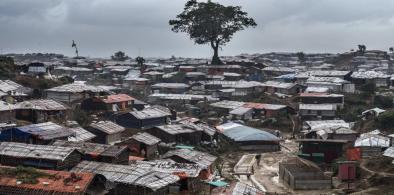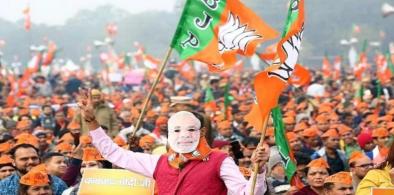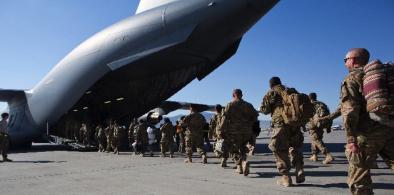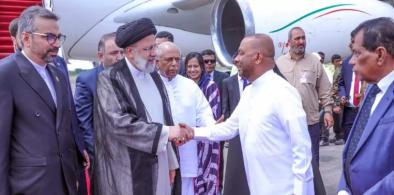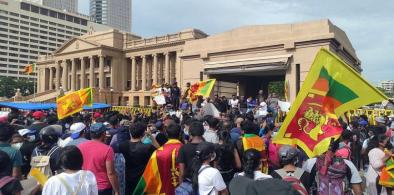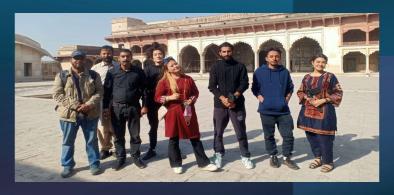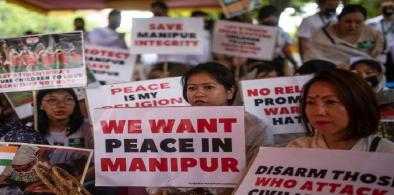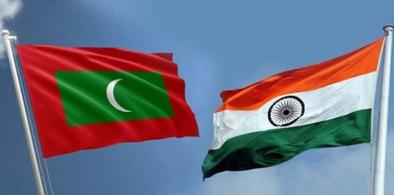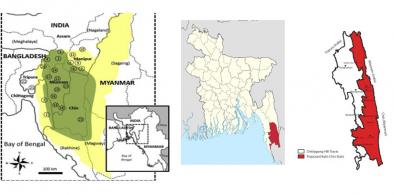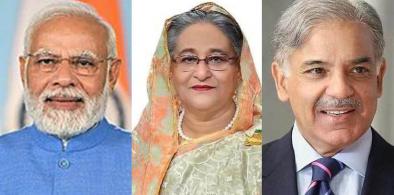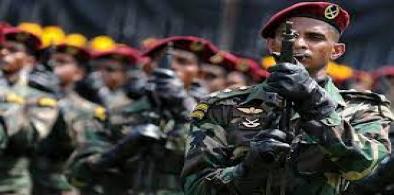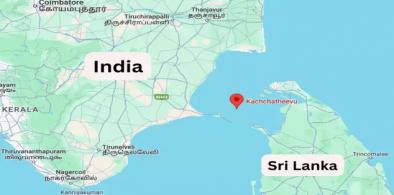The encampments in Cox's Bazar have metamorphosed into hotbeds of militant activities, underpinned by the infusion of funds from the Middle East, Pakistan, and other nations, which are cynically utilized to perpetrate a nexus of militancy within these precincts.

The shadow of the caliphate: Hizb-ut-Tahrir a threat to India's national security
In India, HT's message poses particular risks. India has a sizable Muslim population which exceeds 200 million, and around 47 percent of it consists of a young population under the age of 19. Socio-economic challenges of the community make the youth population vulnerable to the group's radical propaganda. This is especially concerning as India grapples with its own extremist threats.
South Asia: Redistributive growth needs to be the mantra for policymakers
It is estimated that about 37% percent of the world’s 1.1 billion multi-dimensionally poor people live in South Asia. And an estimated 272 million poor people in the region live in households with at least one undernourished person.
Business and bonhomie in Kazan: The significance of the BRICS Summit 2024
For India, its adoption of The Kazan Declaration represents yet another significant turning point. The Kazan Declaration is anticipated to support the BRICS countries' joint endeavours to tackle global concerns, ranging from security to economic development, and to demonstrate the group's increasing global clout.
How the Russian connection insulated India from oil shock and brought economic stability
The revival of trade relations with old friend Russia is the turning point in India’s oil dependency on the Arab world. This has strengthened India’s resilience to oil shock to a considerable extent.
Indian elections: Is BJP paying for its overconfidence?
All in all, the issues on the agenda are very different from the issues that the BJP thought would be on the agenda. The finals could go down to the wire and there will be many lessons learned once the votes are counted and the results are declared.
When the Americans failed Afghanistan: Chronicle of the dramatic collapse of a nation
India, which found itself quite behind the curve like the US in gauging the rapidly changing political dynamics, first shut down its consulates and then its embassy just as the Afghan Republic collapsed on August 15, 2021. But once it realised it would be foolhardy to expect the revival of the Republic, it tacitly started mending fences with the Taliban, sending what it called a "technical team" to Kabul, resumed humanitarian aid, and discontinued diplomatic support to the embassy in New Delhi that was in the hands of representatives of the ousted Ghani government
Iranian president’s Sri Lanka visit is a pointer to Tehran's Indian Ocean ambitions
Before visiting Sri Lanka, Raisi visited Pakistan as part of his South Asian tour, and it is a salient factor that both Pakistan and China are equally important to the BRI as the Chinese have invested millions of dollars in both countries.
Sri Lanka's Aragalaya protests demonstrated nested sovereignty
This nerve centre of protests proved to be a fertile ground for new ideas and creative approaches to digital activism and served as a beacon of hope for many Sri Lankans seeking positive change.
Developing a South Asian artistic consciousness and solidarity
The sense of being ‘South Asian’ has seeped into the consciousness of artists and designers trained in Lahore. They find common linkages long after they have left when they find themselves co-exhibiting in art fairs, galleries, and museums.
Manipur continues to smolder even after a year
Most importantly, does the rise, arming, and free hand given to Arambai Tenggol signal the arrival of private political armies in India?
Bad news for India from the Maldives: India needs to get neighbourhood act together
As it stands today, Maldives is going to be drawn deeper into China’s strategic sphere. Chinese presence in Maldives is set to increase.
A New Year by any other name: Diversity marks South Asian cultural identity
Designating it as a ‘Hindu’ New Year appears to be part of an ongoing attempt to homogenise our diversity and multiple, multicultural identities.
A security crisis looms in Bangladesh's Chittagong Hill Tracts: Need for coordinated regional action
It is critical to formulate a comprehensive strategy that involves both Bangladesh and India to counteract the potential threats posed by external actors in the CHT. This strategy should take into account the historical grievances and aspirations of the ethnic communities
The subcontinental dilemma: Should petty politics trump business pragmatism in South Asia?
After all, If India can do more than $100 billion worth of business with China, with which it is now involved in a far more complex border dispute and naval rivalry, then we can at least do business with our next-door neighbours and let consumers have a greater choice.
For a few dollars more: Sri Lankan fighters in the Russian-Ukrainian war are symptoms of a deeper crisis
A report submitted by the State Intelligence Service ( SIS) of Sri Lanka to the country’s defence secretary indicates there are hundreds of Sri Lankan nationals serving on both Russian and Ukrainian fronts.
To Colombo, resurrecting Katchatheevu issue is like flogging a dead horse
India watchers in Sri Lanka are not unduly worried about Modi’s statement and External Affairs Minister Subramaniam Jaishankar’s comments. They point out that Modi did not say that his government will seek to retrieve Katchatheevu from Sri Lanka.
Raking up Katchatheevu: India’s internal politics affect international relations
After the Indian protests over China’s research vessels in the Indian Ocean, Sri Lanka has indicated that Chinese vessels can dock at Sri Lankan ports for replenishment and repairs.





